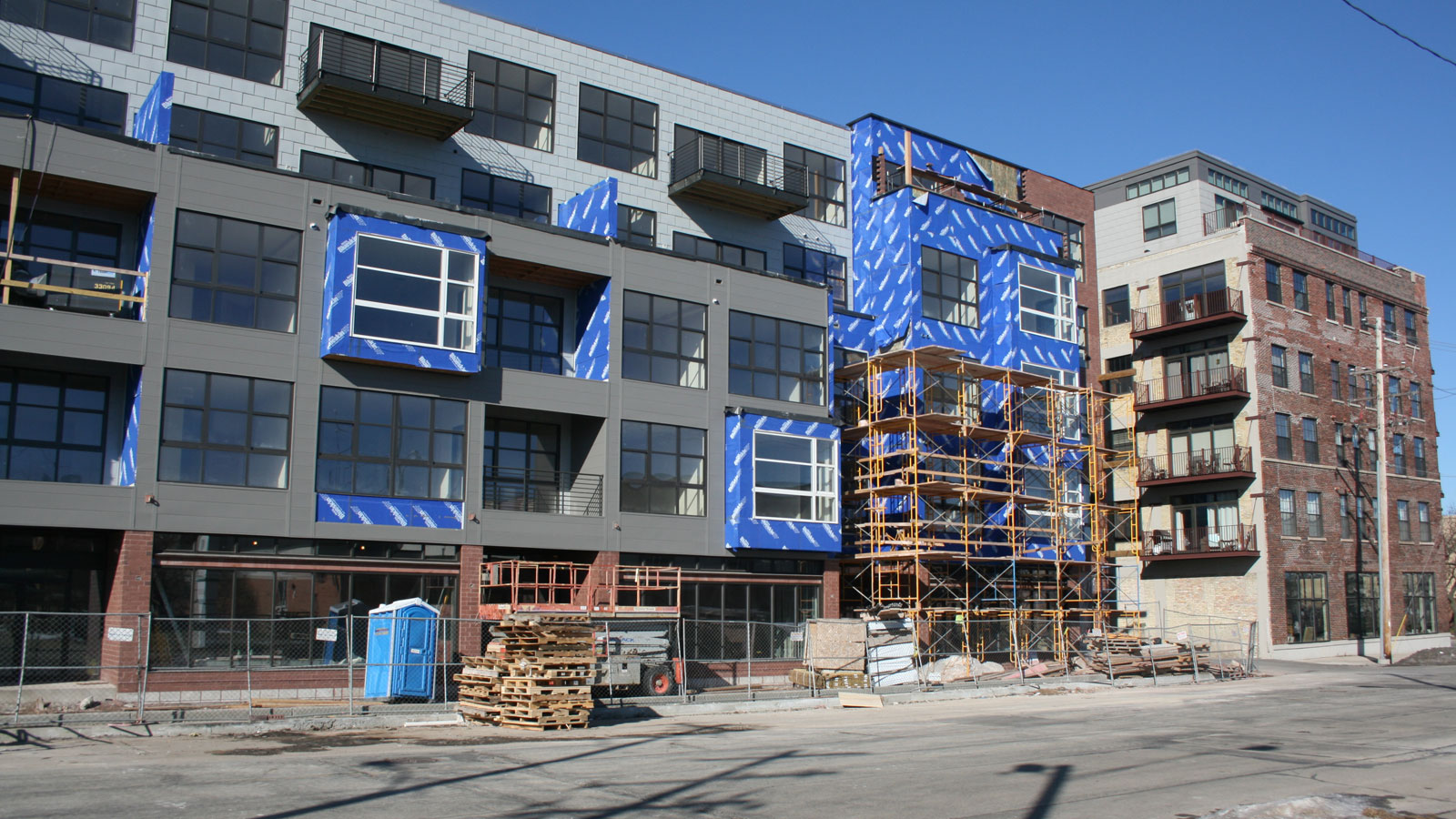The federal bipartisan infrastructure law that passed last year includes $3.5 billion for the Department of Energy’s weatherization assistance program. The program funds energy efficiency upgrades for low-income households.
Paula Glover, president of the nonprofit Alliance to Save Energy, says making homes more energy efficient can lower people’s utility bills. But the upfront cost of energy efficiency upgrades is a barrier for many Americans.
“These investments – particularly if you want to have big impacts, so we’re talking about heating and cooling and maybe even water heating and that sort of thing, or switching out a refrigerator – can be expensive and not every household has the funds to make that kind of investment,” Glover says.
So her group advocates for government programs that help people afford these upgrades.
She says these programs can help reduce energy costs for low-income people who often need the savings most. And at the same time, energy efficiency upgrades help reduce climate change.
“If we’re really serious about addressing climate change, we have to really lean in to figure out how we’re going to have much greater adoption of energy efficiency than we’ve ever had,” Glover says, “and particularly in those communities that have been underinvested in, or not invested in for generations.”
Also see: How to apply for free energy-efficiency upgrades for your home and Tips: How to weatherize your home
Reporting credit: Sarah Kennedy/ChavoBart Digital Media
Source link


